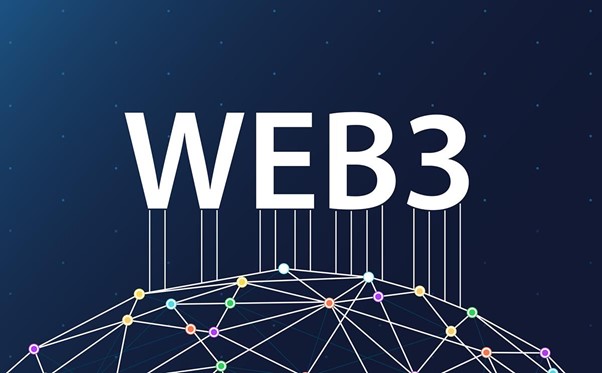The internet has evolved tremendously since its early days, and the conversation around Web3—a decentralized version of the web powered by blockchain technology—is becoming louder than ever. Advocates believe Web3 could replace today’s centralized giants like Google, Facebook, or Amazon. But is a fully decentralized internet truly capable of taking over these platforms? Let’s break it down.
What is Web3?
Web3 is often described as the “next generation” of the internet. Unlike Web2, which relies on centralized platforms that own and control user data, Web3 aims to give power back to the users. Through blockchain, smart contracts, and decentralized applications (dApps), Web3 seeks to create an online world where no single company has absolute control.
Why Web3 Could Replace Centralized Platforms
Ownership of Data
In Web3, users own their data, and they can choose how and with whom to share it. No more hidden terms and conditions or exploitation of personal information.
Censorship Resistance
Unlike centralized platforms, decentralized networks are harder to censor or shut down. This could ensure freer speech and wider accessibility.
Transparency and TrustBlockchain transactions are verifiable and transparent, which can foster trust between users and platforms.
Why Web3 Might Struggle to Replace Them
Scalability Issues
Current blockchain technologies face limitations in speed, cost, and scalability. Running a Web3 platform at the size of Google or Facebook would require massive technological improvements.
User Experience
Centralized platforms are simple and familiar. Web3 apps often require wallets, private keys, and technical know-how—things that might deter mainstream users.
Network Effects
Platforms like Facebook and Google dominate because “everyone is already there.” Moving billions of users to decentralized alternatives is not easy.
The Most Likely Future
Instead of completely replacing centralized platforms, Web3 may coexist with them. We might see hybrid models where centralized platforms adopt Web3 principles like user-owned data, tokenized rewards, or blockchain verification. In this sense, Web3 isn’t a replacement—it’s an evolution that challenges the current power structures and offers more user empowerment.

